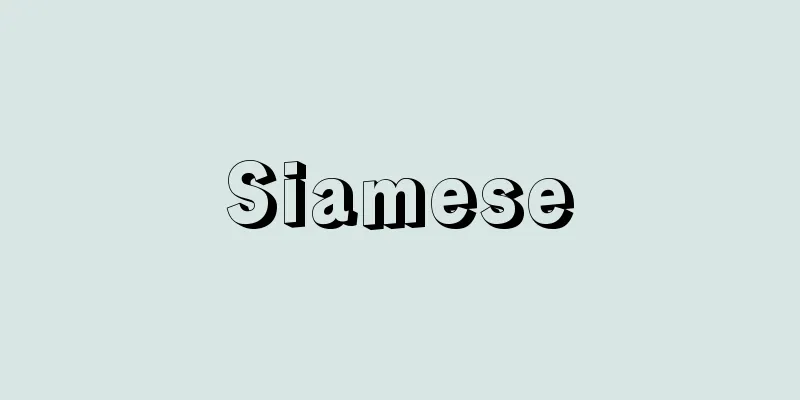Bill of exchange defense - Tegata koben

|
Any reason asserted by a person who has received a bill of exchange to reject the claim. In order to balance the interests of the bill debtor and the bill holder, defenses are divided into so-called real defenses and personal defenses. The former can be asserted against all holders, while the latter is a defense based on personal relationships, and can be asserted against the direct counterparty, but cannot be asserted against subsequent holders because the defense is severed by the endorsement (Bills of Exchange Act, Article 17 and Article 77, Paragraph 1, Item 1). There are two types of real defenses: those that arise from the description of the bill, such as a lack of formality in the bill, non-arrival of maturity, or expiration of the statute of limitations, and those that deny the validity of the bill act, such as incapacity of the actor, forgery or alteration of the bill, or unauthorized agency. The former are defenses that are clear in the description of the bill, so even if they are made real defenses that can be asserted against all bill holders, there is no risk of harming the bill acquirer, but the latter are defenses that are not clear from the description on the bill, and although making them real defenses is disadvantageous to the bill acquirer, they are recognized as real defenses, taking into consideration the interests of the bill debtor in particular. Bill defenses other than real defenses are personal defenses, which are defenses that arise from a special legal relationship between the bill debtor and a specific holder. These include defenses based on the actual relationship, such as when the causal sale is invalid or rescinded, defenses based on defects regarding the establishment of the bill act, such as lack of intention or defects (fraud or duress), and defenses based on special provisions outside the bill (such as a payment grace agreement). The reason why such personal defenses are allowed to be severed is because if they were allowed to be asserted against subsequent acquirers of the bill, it would harm the interests of the transferee of the bill who is unaware of the existence of the personal defense, and it would be difficult to expect smooth bill transactions. However, if the bill holder is in bad faith, there is no need to protect him, so the severance of personal defenses is not allowed. This is called a bad faith defense. [Toda Shuzo] [Reference] | | |Source: Shogakukan Encyclopedia Nipponica About Encyclopedia Nipponica Information | Legend |
|
手形によって請求を受けた者が、その請求を拒絶するために主張するいっさいの事由。手形債務者の利益と手形所持人の利益との調和を図るために、抗弁事由を、いわゆる物的抗弁と人的抗弁とに分け、前者についてはすべての所持人に対し主張できるが、後者はいわゆる人的関係に基づく抗弁であって、直接の相手方に対しては主張できるが、その後の所持人に対しては裏書により抗弁が切断されるため、対抗できないものとしている(手形法17条・77条1項1号)。 物的抗弁には、手形の方式の欠缺(けんけつ)、満期の未到来、時効の完成など、手形の記載より生ずる抗弁と、行為者の無能力、手形の偽造・変造、無権代理など、手形行為の有効な成立を否定する抗弁とがある。前者は、手形の記載上明瞭(めいりょう)な抗弁であるから、これをすべての手形所持人に対抗できる物的抗弁としても、手形取得者を害するおそれはないが、後者は、手形面の記載によってはわからない抗弁事由であり、これを物的抗弁にすることは手形取得者にとって不利ではあるが、とくに手形債務者の利益を考慮し、これを物的抗弁と認めている。物的抗弁以外の手形抗弁が人的抗弁であり、手形債務者と特定の所持人との間の特殊な法律関係より生ずる抗弁である。これには、原因関係たる売買が無効または取り消された場合のような実質関係に基づく抗弁、意思の欠缺または瑕疵(かし)(詐欺・強迫)など手形行為の成立に関する瑕疵による抗弁、手形外の特約(支払いの猶予契約など)に基づく抗弁などがある。このような人的抗弁についてその切断を認めたのは、この抗弁が手形のその後の取得者に対してまで対抗できるものとすると、人的抗弁の存在を知らない手形の譲受人の利益を害し、手形取引の円滑性を期しがたいからである。もっとも、手形所持人が悪意である場合には、これを保護する必要がないので、人的抗弁の切断を認めていない。これを悪意の抗弁という。 [戸田修三] [参照項目] | | |出典 小学館 日本大百科全書(ニッポニカ)日本大百科全書(ニッポニカ)について 情報 | 凡例 |
Recommend
Intercostal nerve
〘 noun 〙 Among the nerves of the spinal cord, thos...
Love bird (Peony parakeet) - Love bird
A general term for birds of the Agapornis genus in...
Claude, H.
…He explained the mechanism of the development of...
Ranunculus kazusensis (English spelling) Ranunculuskazusensis
…[Michio Tamura]. … *Some of the terminology that...
Thermodynamics
A branch of physics that studies the thermal prop...
Dakhla
...The coast of Western Sahara is one of the worl...
Algebra - daisuugaku (English spelling) algebra
It is one of the major fields of mathematics alon...
Object - Object
A noun phrase is a sentence component classified ...
Macadamizing
…English road engineer who invented the road pavi...
Special Management Account - Kanri tokube kaikei
...These provide social insurance for pensions, m...
Hamburgische Staatsoper (English spelling)
…The first performance was on August 13, 1876, wi...
Cathaya
...Pine subfamily Pines (genus Pinus ) have long ...
Jinchuan (English spelling)
This refers to the area around the Dajinchuan and ...
Shrimp Crab - Shrimp Crab
→ American crayfish Source : Heibonsha Encyclopedi...
Technical induction
A form of capital import, importing advanced techn...









